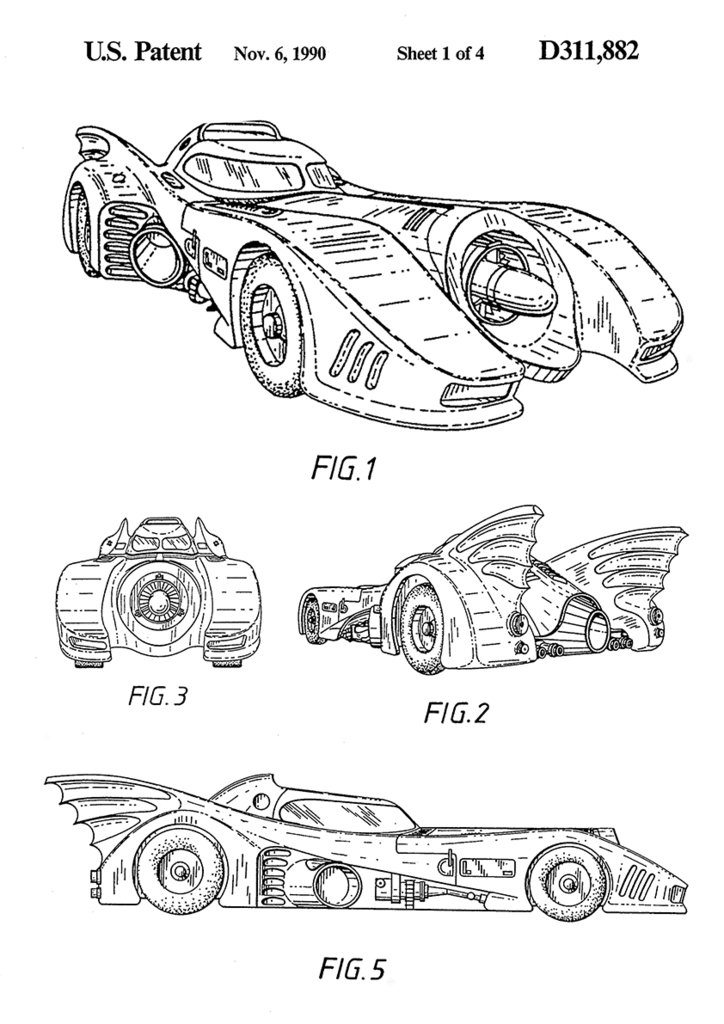What are design patent drawings and how many are required for Design Patent Applications?
While the USPTO has various rules for drawings that are included for Utility Patent Applications, the rules for Design Patent drawings are especially important to follow. Failure to follow them exactly may require significant expense in justifying modification or even risk the abandonment of your invention.
General Rules on Format
Generally, Design Patent drawings should be drawn as solid black-and-white line drawings with what is known as “proper surface shading”. Importantly, features not intended to be claimed should be unshaded and have dotted lines. For instance, a new mug handle might include a properly shaded and solid line drawing for the handle portion, with dotted and unshaded portions for the cylindrical mug. A thorough guide to drafting compliant drawings is available on the USPTO’s website.
More Specific Formatting Considerations
As mentioned above, surfaces should be shaded. Shading should illustrate the character and contour of the surfaces of any 3D features of the design to be patented. Environmental portions, or those portions not intended to be claimed in the patented design, are not shaded and should be represented with broken or dotted lines.
Some Exceptions
The USPTO does allow black-and-white photographs to be submitted instead of drawings, but only when photographs are the only practicable way to illustrate the invention’s design. See 37 C.F.R. § 1.84(a)(2). Color photos/drawings must be filed along with a petition under the same C.F.R. section. The petition must explain why the inventor must submit color photos/drawings and/or why they are necessary to show the invention. In addition, the applicant must include three sets of the proposed color photos/drawings and the specification section of the application must include the following statement:
The patent or application file contains a least one drawing executed in color. Copies of this patent or patent application publication with color drawing(s) will be provided by the Office upon request and payment of the necessary fee.
How Many Drawings are Required?
The general rule is seven drawings. Essentially, any 3D item would have views in correlation to the sides of a dice – a front, back, left, right, top, and bottom. The seventh drawing is normally a perspective, such as slightly above and to one side, looking down. If an invention is quite symmetrical, an eighth drawing might help ensure there aren’t any issues during examination. Professional patent artists often use techniques that easily convert CAD drawings into each required view, requiring only minor edits. This can significantly reduce this burden on the inventor.
If you want to protect your ornamental design with a Design Patent, it’s important to keep these special rules for Design Patent Applications in mind. Since you’ll need to prepare important documents and proper drawings are crucial to turning your application into a patent, you should consider hiring a patent attorney. If you’d like our help or have any questions before filing, please call Grell & Watson Patent Attorneys for a free consultation.

